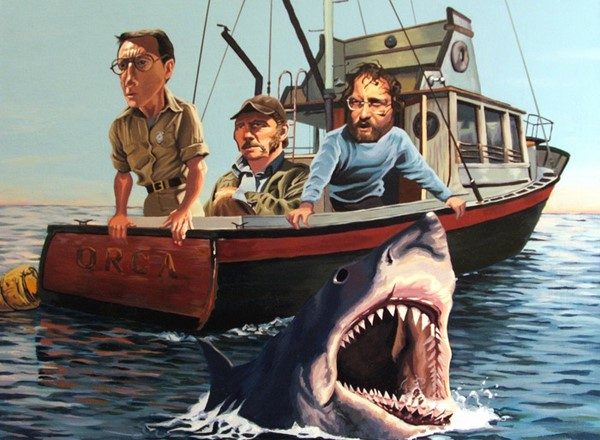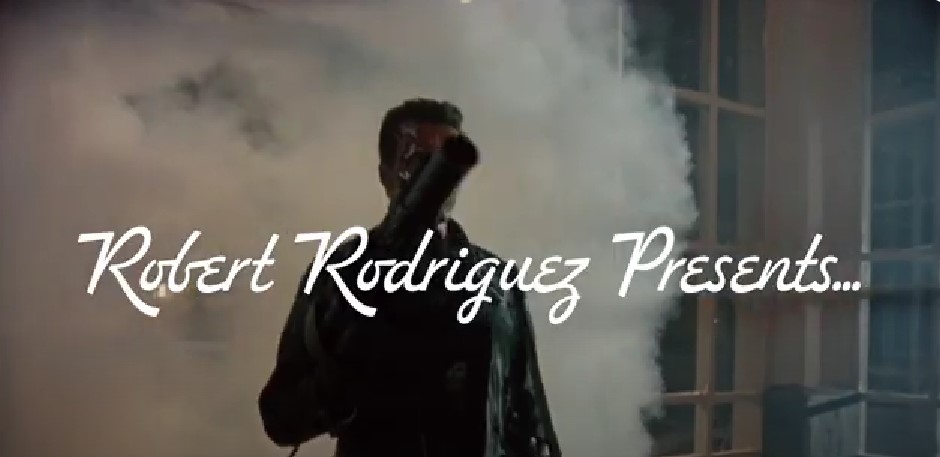The Evil Dead series has fascinated me since I first discovered it in the early 1990s. I was aware of the films for a number of years but never bothered to investigate them, because I didn’t know anybody else who had seen them. That changed one night on a Halloween when I was at a friend’s party and we watched “Evil Dead 2” after the kids had gone to sleep. I laughed and screamed at the ridiculous amounts of blood, body parts, and Three Stooges jokes that were being thrown at me. These were my people.
I’ve seen the Evil Dead, and Army of Darkness, on the big screen multiple times. This may have only been the second or third time I have seen “Evil Dead 2” in a theater. But as with most theatrical experiences, the presence of an audience as well as the big screen, and the requirement that you stay engaged, makes the experience something that is far superior to home viewing.
I’ve been to two or three presentations where the “Man God” Bruce Campbell, has appeared in person to talk about the films we are watching. 3 years ago in this same theater we came for a screening of the original “Evil Dead”, and Bruce was there. We had sprung for an extra couple of bucks in order to get a picture opportunity, but it was Covid and the pictures required social distancing, which makes it look a little bit like it’s photoshopped. I don’t care, we were in the presence of greatness. The talent of Bruce Campbell is especially on display in “Evil Dead 2”. His performance involves a physicality that most actors in an action film would have a hard time achieving. In addition he has to convey some of those emotions that are going on in the character while under a layer of makeup and appliances that would make most of us cringe to think of having on our bodies. He is really quite effective and there are so many close-ups on his face that require him to communicate those emotions in a humorous way but in a way that is also quite immediate. He Nails it.
Some of the storytelling and much of the acting is deliberately ham-fisted in order to gain as much humorous power as possible. The audience last night laughed uproariously at each situation that required Ash to come up with another solution that was ridiculously violent. Most of those moments occur after he has decapitated his girlfriend with a shovel. I understand that budget limitations produced some of the slightly clunky stop motion effects in the film. I have always been a fan of stop motion special effects, I’m not sure that Ray Harryhausen would approve of the way the technique is used in the first part of the film. It’s definitely brilliant, even if it isn’t as polished as a Harryhausen film would be.
Even the cheesiest jokes work well in this film, because director Sam Rami, knows what he’s going after. The goal is to shock and entertain the audience with the most audacious visualized or violence, and the silliest hero’s journey you can imagine. There’s just one word for the whole thing… groovy!













.jpg)
.jpg)

